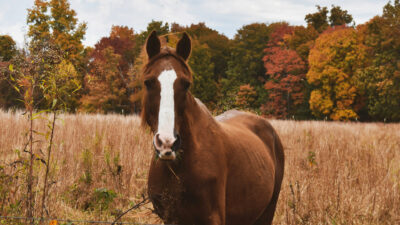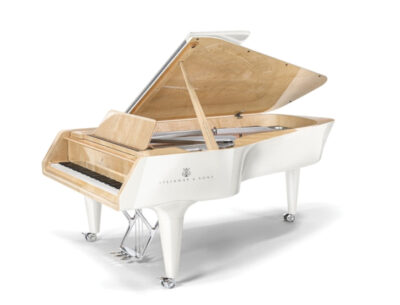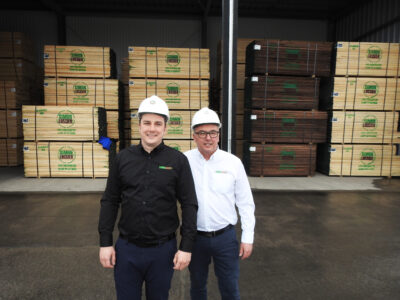Another year has begun and the hardwood industry is busy, striving to improve efficiencies, boost margins, deal with supply chain shortages, rising interests rates, expand their sales while serving established customers and vying for new ones, all in the hopes of increasing profits.
Contacts remain cautiously optimistic that business will improve this year as they face the new challenges before them through innovation and creativity.
Ash sales have slowed and shipments to China are not increasing, stated contacts. Prices are in a downward trend.
However, green Ash is moving to concentration yards.
Basswood sales have deteriorated noted contacts. Secondary manufacturers have reduced their purchases of this species due to a slowdown in their business sector and also competition from other materials that are being used as alternates.
Moulding producers had switched to this species when Poplar prices rose, but have now reverted back to using Poplar.
Domestic demand for Cherry is reported as weak, with the Chinese market also ordering less of this species as well.
Thus more caution is used when purchasing Cherry. Prices have gone down as a result.
The regionally important Hard Maple continues to be in demand, but production has slowed, while kiln-dried Hard Maple demand is slightly better.
Soft Maple is seeing competition from other species and so sales are not as they were for this species. The wood components and cabinet sectors are buying less hardwood lumber than in previous years due to imported products readily available and other materials also taking the market share of hardwoods.
It is noted that production for most hardwood species are low at this time.
Sales of Hickory for the thicker stocks to established customers are decent, while the green 4/4 No. 2B and Better grades are slower. Prices are stable for this species.
Many flooring manufacturers stocked up before winter set in with most having reached their desired inventory levels and so had reduced purchases heading into the new year.
Red Oak orders were reported as decent for green No. 3A and Better grades. Kiln-dried demand is weaker due to weaker global business and also due to the holiday period we just went through.
Demand for White Oak is steady, however, providing the orders is a challenge as lumber is not readily available.
It is also a result of low sawmill production and strong competition from the stave industry for logs. Demand from the cabinet sector has remained steady for this species in the past year.
Poplar output is meeting domestic demand, and users were not rushing to purchase it before the new year. Those exporting are finding it challenging to get orders from existing customers in Europe and the Far East, and price concessions are being offered to stimulate business.
Walnut demand continues to be steady but varied according to areas contacted. Sales based on grades and special color selections are moving more readily.
According to published survey results on trends, the outlook for wood components remains relatively positive, especially for manufacturers of products used in interior applications, such as cabinetry, casework, closets, and furniture.
And while solid wood remains the dominant substrate for these components, the popularity of composite panel products continues to grow.
Warm neutrals, lighter wood tones and earth tones top the trends list for the next three years, according to respondents in the NKBA/KBIS 2024 Kitchen Trends Report. Texture is also “in.”
As for species choice, Hard and Soft Maple, White and Red Oak, Walnut, Poplar and Cherry remain popular, with Hickory and Pecan also strong in items such as flooring and other millwork.
For industrial products, wood continues to be a dominant material in many products, including crossties and pallets.
This is encouraging news for the hardwood industry as we move into 2024.









